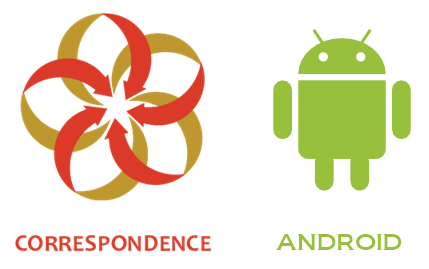|
|
Correspondence on Android
Correspondence is a collaboration framework. It solves the technical problems related to building mobile apps that connect people. It provides local storage on the device, synchronization across devices, push notifications, and UI updates. And now Correspondence is available on Android. Build compelling collaborative experiencesMost of the apps that you find in the Android Marketplace are single-player games or single-user utilities. They store one person’s data on one device, and are designed for one user to enjoy. They are experience silos. Mobile web applications, on the other hand, let users share information with one another. But they come with a cost. Most of them don’t store personal information locally, so you have to sign in to the server every time you use the app. And when you have a slow or intermittent data connection, the experience can suffer. To make your app stand out from the Marketplace crowd, make it collaborative. A collaborative app lets users share information like a web app, but it also stores personal information on the device. Users get the advantage of a quick response regardless of the data connection, since all of the data that they have shared with others is stored locally. But they also get the advantage of being able to connect with their friends, since the collaborative application tears down the silos.
Focus on the client; we’ll handle the serverIf you were to develop a collaborative application using traditional stacks, you would have to build a server-side database. Then you would build an API to access that database, probably using REST endpoints and JSON serialization. You would find a host, deploy the database and the code, and perhaps install an SSL certificate for secure communications. And whenever you add a features to your app, you’ll need to migrate the database and redeploy the code. Correspondence is different. It is a single, application-agnostic server. It is schemaless, so there are no database scripts to deploy. And it has a single publish/subscribe API that can be used for any type of information. All you do is sign up for an API key, and build your app. Download the project from GitHub. Follow the provided instructions to set up an Eclipse workspace and build the HoneyDo List example application. |



